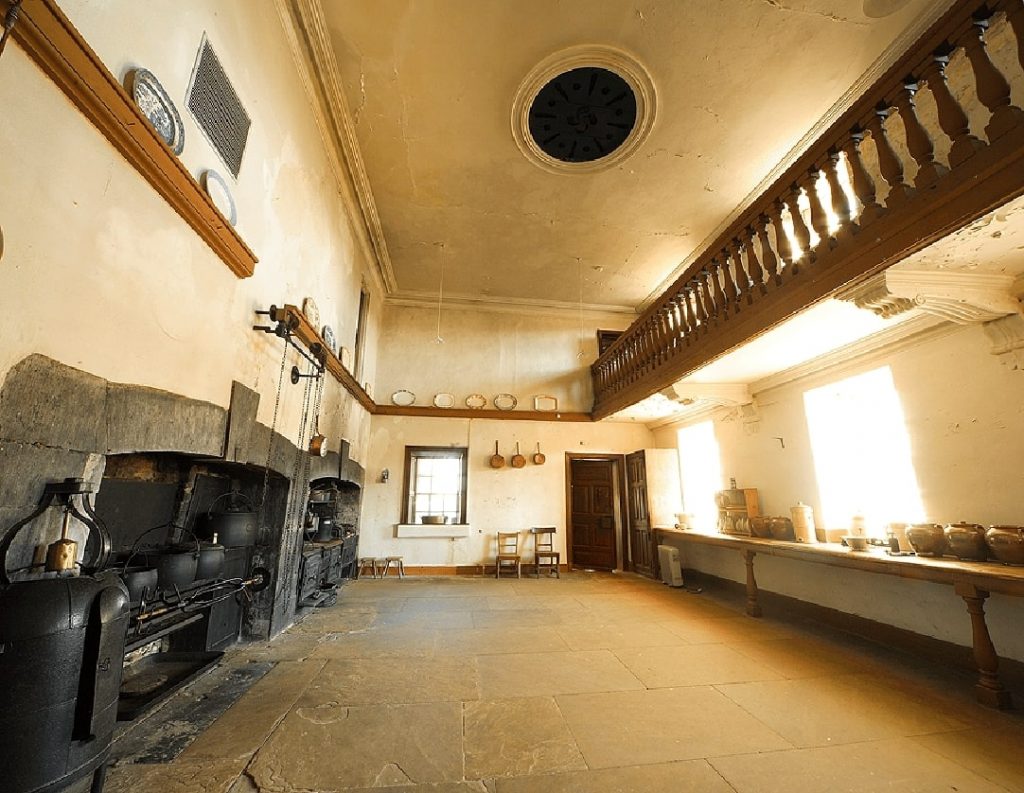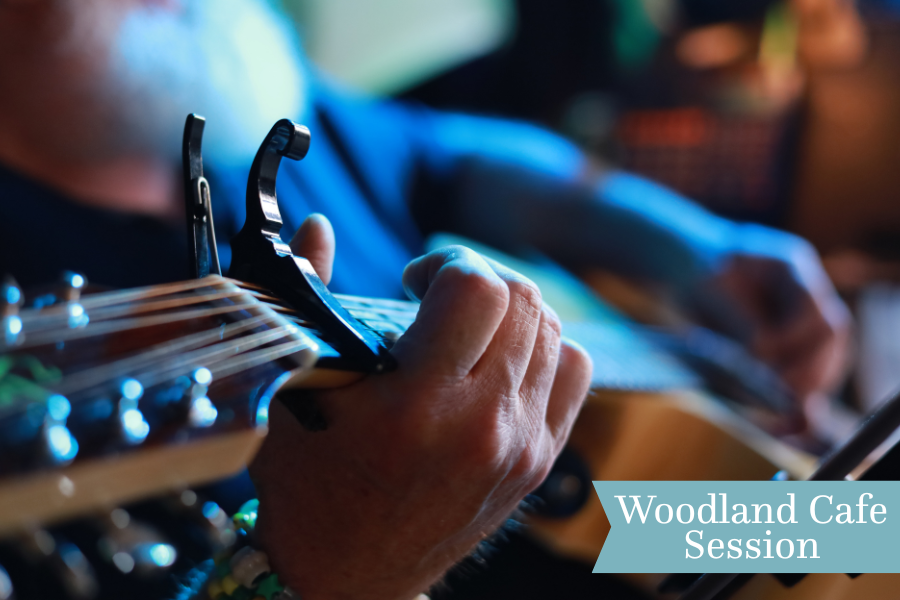The Restoration Process
Conservation is at the core of our story at The National Famine Museum | Strokestown Park.
When Strokestown Park House and its estate were bought by the Westward Group in 1979, the house passed from family to local ownership. The group invested a huge amount of time, money, effort, and expertise in safeguarding the house and its collections of furniture, objects, and documents in the years that followed.
And the job of restoration was much more onerous than they might have expected. Within the house – unannounced in the list of contents – lay a collection of furniture and artefacts collected over centuries and a collection of famine-era papers.


Jim Callery came across over 50,000 documents from the famine as he first explored the house, and he immediately understood the importance of safeguarding and sharing them.
A less careful owner might well have discarded what is now the Strokestown Park Famine Archive! “It could have ended up on a bonfire”, says Mr Callery’s daughter, Caroilin (a director of the Irish Heritage Trust).
The Role of the Irish Heritage Trust
In 2015, the Irish Heritage Trust took responsibility for the property with the help of private philanthropic support from individual directors of the Westward Group.
Together, we are working to establish Strokestown Park House, Gardens & National Famine Museum as a valuable and sustainable resource for future generations – one which contributes meaningfully to its community and acts as an important centre for learning.
The Newly Developed National Famine Museum
Over recent years, the Irish Heritage Trust has overseen the complex process of redeveloping the National Famine Museum and Strokestown Park House.
Like all of our work across the Strokestown Park Estate, this project has been shaped by expert input from historians and archivists. as well as local insights and community involvement. And, of course, we also rely on the ongoing, tireless work of Strokestown Park’s wonderful staff and volunteers.
The relaunch means that we can now share more of the archive’s many stories in our state-of-the-art museum, which offers a powerful, immersive experience to people of all ages. We have also strengthened Strokestown Park’s role as a globally significant centre for learning about the Great Irish Famine.
The re-launch of the National Famine Museum in Summer 2022 marks the beginning of an exciting new chapter in our story, and it’s one you’re very welcome to be part of!
Upcoming Event
Woodland Café Session – Strokestown Folk Group

Join us for an unforgettable Summer Recital @ The Woodland Café, Strokestown Park on Sunday 27th July 2pm to 3.30pm as Strokestown Folk Group entertain us led by Pianist:...
July 27 @ 14:00 - 15:30










